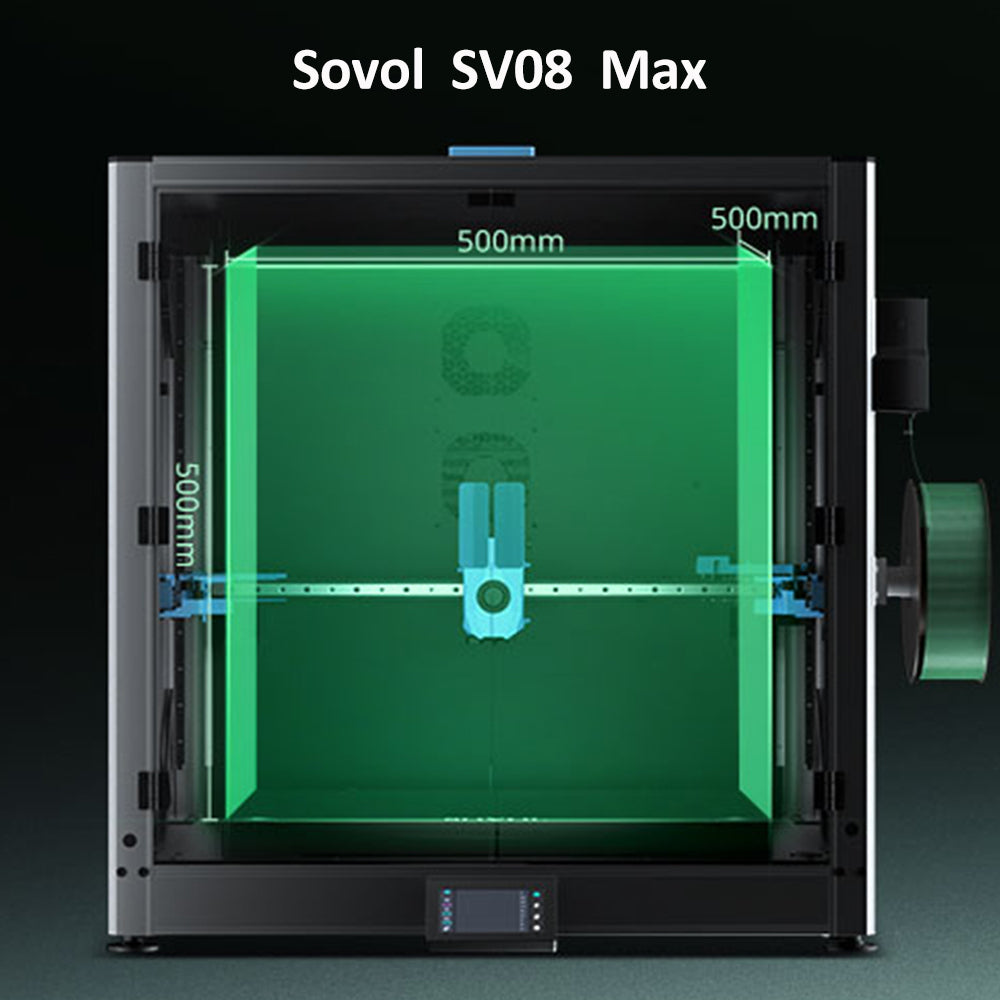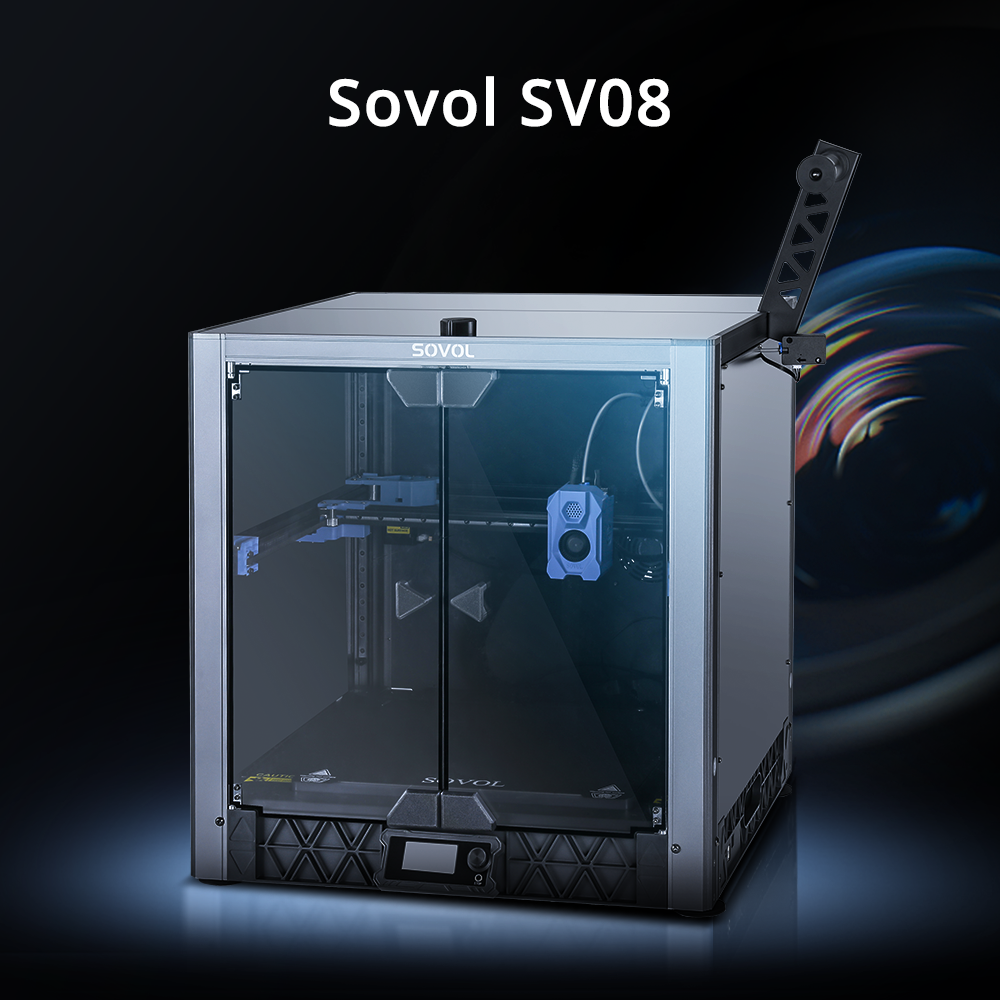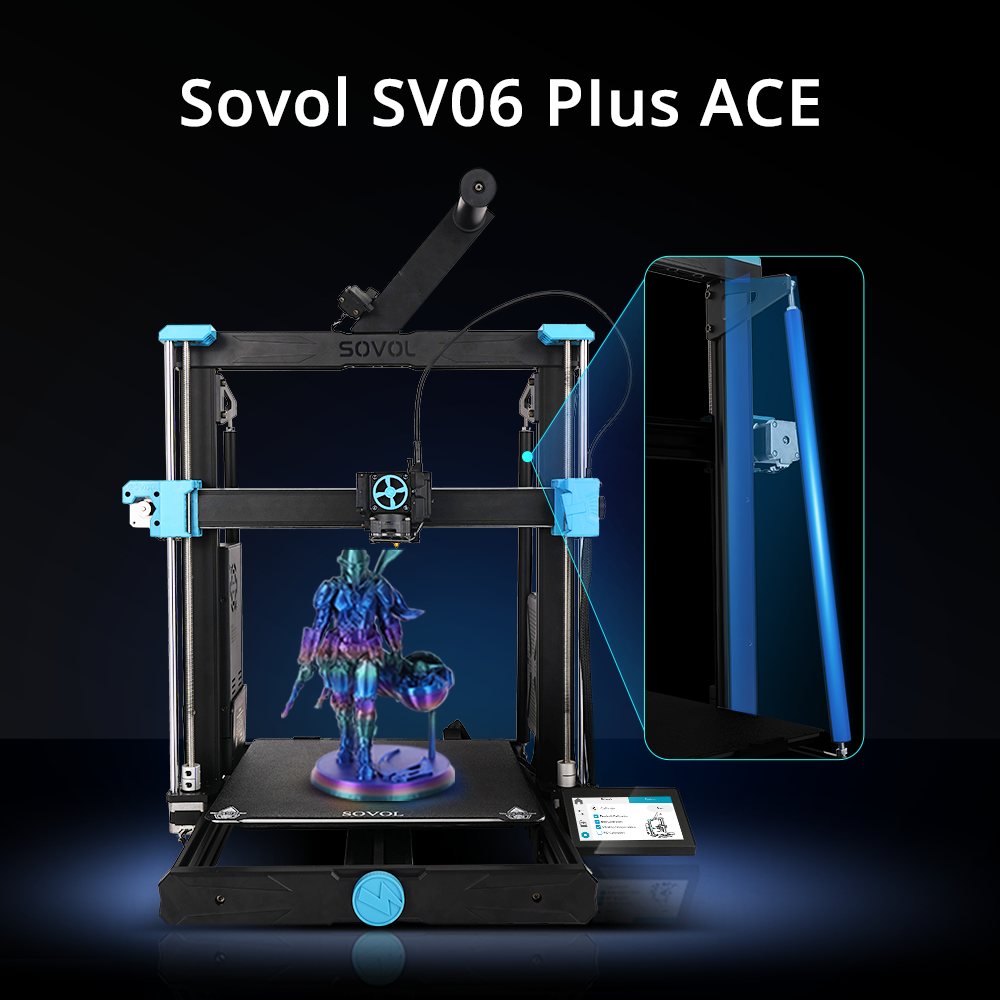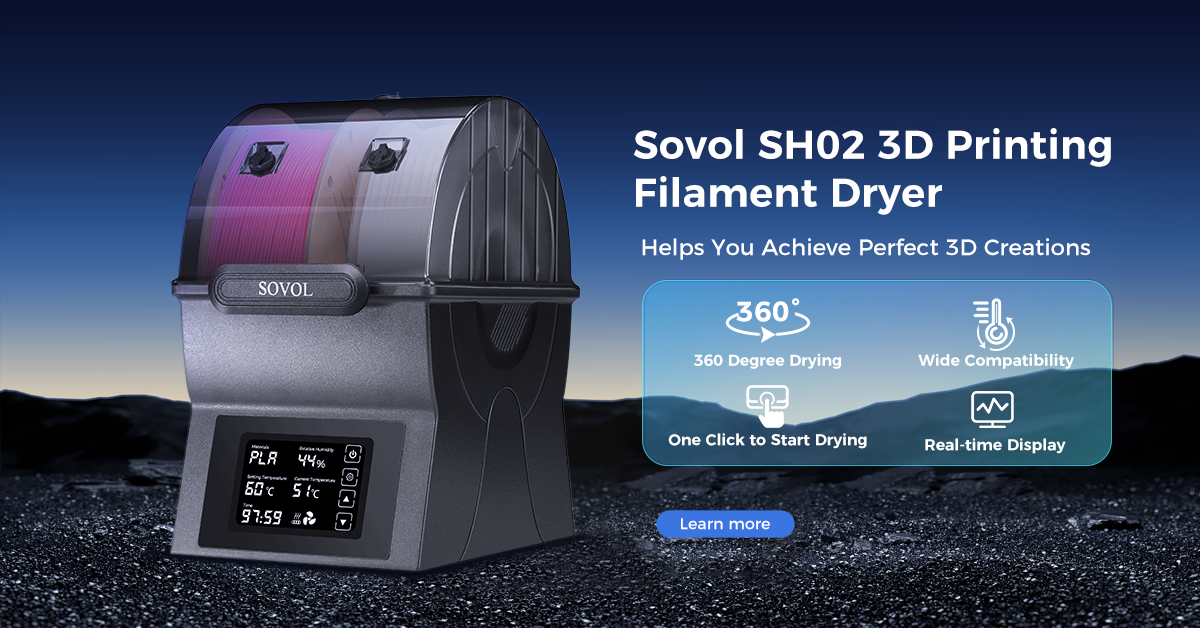Printing speed shows how fast a printer works. You might use a printer at work, school, or in a studio. Fast printing saves time and money. Good prints make your work look nice. Different jobs have rules for speed and quality.
|
Factor |
Print Speed Considerations |
Print Quality Considerations |
|---|---|---|
|
Measurement |
Print resolution (DPI) |
|
|
Cost Implications |
Faster speeds can lower costs |
Better prints may use more ink |
|
Maintenance |
Regular checks help speed |
Clean print heads help quality |
If you know these things, you can pick the best printer. This helps you get better results.
Key Takeaways
Learn about printing speed measurements like pages per minute (PPM). This helps you compare how well printers work. - Pick the printer type that fits your needs best. Laser printers print faster for big jobs. Inkjet printers work better for home use. - Change print quality settings to get the right balance. Draft mode prints faster but may lose some detail. - Take care of your printer by cleaning and checking its parts often. This helps your printer work well and last longer. - Make files simpler and pick the right materials. This can make printing faster without losing quality.
Printing Speed
Measurement Units
You can measure printing speed in different ways, depending on the printer. Each type of printer uses its own unit. Here is a table to help you understand the most common units:
|
Unit |
Definition |
|---|---|
|
cpm |
Characters per minute, used for character printers. |
|
lpm |
Lines per minute, used for line printers. |
|
ppm |
Pages per minute, used for modern printers, typically referring to sparse monochrome documents. |
When you look at a printer’s specifications, you often see print speed listed as pages per minute (ppm). This number tells you how many pages the printer can produce in one minute. Some older printers use characters per minute (cpm) or lines per minute (lpm). These units help you compare different printers and choose the best one for your needs.
Typical Ranges
Print speed can change a lot based on the printer and the job. Most home inkjet printers offer a print speed of about 5 to 15 ppm for black-and-white pages. Laser printers work faster, often reaching 20 to 40 ppm. Large office printers and commercial machines can go even higher.
Print speed matters most when you have big jobs. If you print many pages or complex designs, the job takes longer. Here are some things that affect how fast you finish:
- Complex or large print jobs need more time because the printer must process more data.
- If you order many copies, the total print speed slows down since the printer works longer.
- High-quality settings can reduce print speed, but they improve the final look.
You should always check the printing speed before starting a big project. Fast print speed helps you save time, but sometimes you need to slow down for better quality. Finding the right balance gives you the best results.
Factors Affecting Speed
Printer Type
There are different printer types you can pick. Each type prints at a different speed. Laser printers are much faster than inkjet printers. Laser printers can print 20 to 60 pages each minute. Inkjet printers usually print less than 15 pages per minute. Laser printers are good for big jobs. Inkjet printers slow down with lots of pages or color.
- Laser printers can print many pages quickly.
- Inkjet printers take more time, especially for color.
- Laser printers are best for busy offices. Inkjet printers work well at home.
Think about what you need before you choose a printer. If you print a lot, a laser printer saves you time.
Print Quality Settings
You can change how fast you print by changing the quality. Draft mode prints fast but looks rough. High-quality mode prints slow but looks sharp and clear. Slower print speed often gives better and stronger prints, like in 3D printing.
|
Dimensional Accuracy |
Surface Quality |
Mechanical Properties |
|
|---|---|---|---|
|
20 |
High |
High |
Strong |
|
40-60 |
Optimal |
Improved |
Acceptable |
|
170 |
Low |
Rough |
Weaker |
If you want strong and smooth prints, print slower. Fast print speed is good for drafts or quick jobs. You need to balance speed and quality for the best results.
Paper and Material
You can use different paper and materials. Thick or special paper slows down printing. Thin or plain paper lets you print faster. Some printers work better with certain materials. Glossy or textured paper takes more time to print. Check your printer’s manual for the best choices.
File Complexity
Simple text files print fast. Complex files, like big images or detailed 3D models, print slower. The printer needs more time to process these files.
|
Factor |
Description |
|---|---|
|
Model Complexity |
More detailed models take longer to print. |
|
Layer Height |
Thinner layers make better prints but take more time. |
|
Print Speed |
Faster print speeds save time but may lower quality. |
|
Infill Density |
More infill makes parts stronger but takes longer. |
If you print detailed designs, you will wait longer. You can make files simpler to print faster.
Hardware Specs
Better hardware makes printers faster. Printers with fast processors and more memory print big jobs quickly. New tech, like LED arrays or parallel printing, helps speed up printing. Some printers have more print heads to print more things at once. Look for these features if you want the best speed.
|
Technology |
Improvement |
Description |
|---|---|---|
|
LED Array |
100% improvement |
Doubles the quality and speed of standard printing. |
|
Holographic 3D Printing |
Hardens resin quickly for multiple prints. |
|
|
Continuous Printing |
Faster and smoother |
Pushes out material in a steady flow. |
|
Parallel Printing |
Saves time |
Prints several objects at once. |
Maintenance
Regular maintenance keeps your printer fast. Cleaning print heads and oiling moving parts stops jams and slowdowns. Cleaning removes dust from sensors. Oiling parts lowers friction and helps your printer work well.
|
Benefit |
Description |
|---|---|
|
Prevents Paper Jams |
Regular cleaning keeps paper moving and stops jams. |
|
Improves Print Quality |
Clean print heads make prints look better. |
|
Extends Printer Lifespan |
Fixing problems early helps your printer last longer. |
Tip: Clean your printer often to keep it fast and avoid problems.
Make maintenance a habit. This keeps your printer working well and printing fast.
3D Printing Speed
When you work with 3d printing speed, you control how fast your printer builds each object. Many factors affect this speed, and each one changes the final result. If you want to get the best prints, you need to understand how these factors work together.
Layer Height
Layer height is one of the most important settings for 3d printing speed. This setting tells the printer how thick each layer of plastic will be. If you use a lower layer height, your print will look smoother and show more detail. However, the printer needs to lay down more layers, so the job takes much longer. For example, if you cut the layer height in half, the print time almost doubles.
Thinner layers give you less of a stairstep effect but will increase the print time. Actually, the printing time is inverse proportional to the layer height, so using layers half the thickness will more or less double the print time.
You can use a higher layer height to finish prints faster. This works well for simple or functional parts where you do not need fine details. If you want a model with lots of detail, like a small statue or a display piece, you should use a lower layer height. Here is a quick guide:
- Lower layer heights give you better detail and smoother surfaces, but they slow down 3d printing speed.
- Higher layer heights make prints faster and cheaper, but you lose some detail and surface quality.
- For art or display models, use a lower layer height.
- For strong, simple parts, use a higher layer height.
You need to balance layer height and 3d printing speed to get the results you want.
Nozzle Diameter
Nozzle diameter also changes 3d printing speed. The nozzle is the part of the printer that pushes out melted plastic. If you use a larger nozzle, it lays down wider lines of plastic. This means the printer needs fewer passes to build each layer, so the print finishes faster.
A larger nozzle can also use a higher layer height, which boosts 3d printing speed even more. You can print big, strong parts quickly with a large nozzle. However, you lose some detail because the lines are thicker. If you want fine details, you need a smaller nozzle, but this slows down the print.
When you pick a nozzle size, think about what you want from your print. For fast, strong parts, use a bigger nozzle and a higher layer height. For detailed models, use a smaller nozzle and a lower layer height, but expect slower 3d printing speed.
Slicer Settings
Slicer software controls many parts of 3d printing speed. The slicer turns your 3D model into instructions for the printer. You can change settings like infill density, infill pattern, and tool path optimization.
- Choosing the fastest infill patterns, like zig-zag, can reduce print time.
- Lowering infill density for non-functional parts makes 3d printing speed faster without hurting the look.
- Optimizing the tool path helps the print head move more efficiently, cutting down on wasted time.
If you want to print quickly, pick simple infill patterns and lower infill density. For strong parts, you may need higher infill, which slows down 3d printing speed. Always check your slicer settings before you start a print. Small changes can make a big difference in how long your print takes.
Material Properties
The type of material you use also affects 3d printing speed. Each material has its own melting point, viscosity, and melt strength. Viscosity controls how easily the plastic flows through the nozzle. If the material is too thick, it moves slowly and can clog the nozzle. If it is too thin, it may flow too fast and cause messy prints.
Melt strength is also important. If the material does not hold its shape well, it can sag or warp at higher 3d printing speed. You need to pick the right temperature and pressure for each material to get the best results.
When you choose a material, think about how it will affect 3d printing speed and the final quality. Some materials print faster but may not be as strong or smooth. Others need slower speeds to avoid problems.
Trade-Offs: Speed, Quality, and Strength
You always face trade-offs with 3d printing speed. Printing faster can save you time, but it often lowers the quality and strength of your parts. Printing slower gives you better accuracy and stronger parts, but it takes much longer.
|
Effect on Quality |
|
|---|---|
|
Compromised dimensions and mechanical strength |
|
|
Moderate Speeds |
Best compromise for accuracy and strength |
|
Lower Speeds |
Enhanced accuracy and strength, longer print times |
|
Printing Speed |
Impact on Properties |
|---|---|
|
Higher Speeds |
Reduced interlayer adhesion, increased roughness, greater deviations |
|
Moderate Speeds |
Improved accuracy and surface quality |
|
Lower Speeds |
Better control over material deposition |
You need to decide what matters most for your project. If you need a quick prototype, you can use high 3d printing speed and a higher layer height. If you need a strong, detailed part, slow down the print and use a lower layer height.
Tip: For high-precision parts, use slower 3d printing speed, a smaller nozzle, and a lower layer height. This gives you the best detail and strength.
By understanding how layer height, nozzle diameter, slicer settings, and material properties work together, you can control 3d printing speed and get the results you want. Always test different settings to find the best balance for your needs.
Optimizing Printing Speed
Adjust Settings
You can make your printer work faster by changing its settings. If you lower the print resolution, your jobs finish quicker. Using draft mode also helps you print faster. When you set a higher speed, colors might look different. Try different settings to find what works best for you. Many printers let you change how they print for each job. Use low resolution for daily papers. Use high resolution for important things. Always look at your printer’s menu before you start printing.
Tip: Changing print speed settings helps you control color and save time when printing.
Choose Materials
The materials you pick change how fast you can print. Some materials are better for quick printing. For 3D printing, high-speed PLA and Speed Plus Resin help you finish fast and keep good quality. For 2D printing, good inks and paper give better results at high speed. Pick materials that fit your printer and your printing needs.
|
Material Type |
Recommended Materials |
|---|---|
|
Filament |
High-Speed PLA, Tough PLA, SpiderMaker Filament |
|
High Resolution |
RPG, Aqua Hyperfine, Aqua 8K, Aqua 4K, BJD |
|
Standard |
Speed, Speed Plus |
|
Speed Resins |
Phrozen Speed 3D Printing Resin, Speed Plus Resin |
Simplify Files
Big or complicated files slow down printing. You can print faster by lowering image resolution or making 3D models simpler. When you make files smaller, your printer works quicker. Try mesh decimation for 3D printing. This keeps the shape but makes printing faster. Always check your files before you print.
Upgrade Hardware
Better printer hardware makes printing faster and smoother. Printers with strong frames and smart processors handle jobs better. More memory helps your printer with big or hard jobs. If you print lots or use high resolution, get a printer with vibration control. This keeps printing steady and helps you print faster.
|
Hardware Upgrade |
Impact on Printing Speed |
|---|---|
|
Strong and stable frame |
High accuracy and good surface at high speed. |
|
Advanced onboard processors |
Faster printing and better with hard jobs. |
|
Active vibration cancellation |
Better quality when printing fast. |
Regular Maintenance
Taking care of your printer keeps it fast and working well. Clean the rollers and dust inside often. Update the software and drivers to stop problems. Change cartridges or toner when needed. For inkjet printers, check the nozzles and print every week to stop clogs. Watch how your printer works to catch problems early.
Note: Doing regular maintenance stops paper jams and keeps printing fast.
You can improve your printing results by understanding what affects speed.
- Printer age and technology change how fast you print.
- Black ink prints faster than color.
- Printer settings, resolution, and warm-up time matter.
- High speeds may cause defects or rough surfaces.
Tip: Use draft mode for everyday jobs and adjust nozzle size or slicer settings for 3D prints. Choose the right printer and settings to balance speed and quality. Try these tips to get better prints every time.
FAQ
What does "pages per minute" (PPM) mean?
PPM tells you how many pages your printer can print in one minute. You can use this number to compare printer speeds. A higher PPM means your printer works faster.
Does printing faster lower print quality?
Yes, printing at high speed can make prints look rough or less sharp. You get better quality when you slow down the print speed. Choose the right setting for your needs.
How often should you clean your printer?
You should clean your printer every few weeks. Regular cleaning keeps your printer working fast and stops paper jams. Check your printer’s manual for the best cleaning steps.
Can you make 3D prints faster without losing strength?
You can use a bigger nozzle or thicker layers to print faster. For strong parts, keep the speed moderate. Test different settings to find the best balance for your project.
Why does color printing take longer than black-and-white?
Color printing takes longer because your printer must lay down several colors for each page. Black-and-white printing uses only one ink, so it finishes faster.









